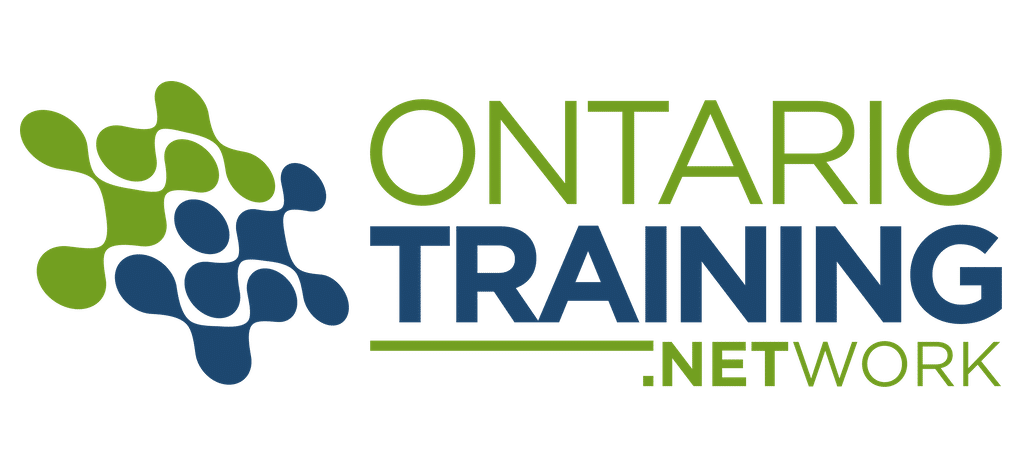There are many forms of proposals: internal, external, solicited, unsolicited, and responses to RFPs/RFIs, etc. Regardless, they all need to be focused on the reader and written so they stress – not features – but benefits. This workshop provides techniques for analyzing the reader’s needs, for organizing your USFs (unique selling features), and for writing for today’s marketplace.
Request a Quote or More Information on this Workshop >
WORKSHOP DESCRIPTION
We can’t depend on lower bids always getting us the job. Nor can we expect our readers to be mind readers. We have to ensure our proposals are totally responsive to the needs of our managers, potential customers or clients, and that we have a convincing management plan. This workshop – whether you are working on a response to an RFP or a proposal for your manager – will help you “spin” your ideas to match your reader’s mindset.
WHO SHOULD ATTEND:
- Managers
- Sales and marketing staff
- Anyone who has to write and/or present an internal or external proposal
YOU WILL LEARN TO:
- Pitch your report to the reader
- Reduce your writing time
- Change features into benefits
- Convey information clearly
- Deliver a positive, effective message
COURSE OUTLINE
Analyzing the Proposer
- Understanding the factors that will increase your chance of success
- Separating the writing into manageable stages
- Understanding the importance of thinking before writing
- Collecting information via a bidder’s meeting or phone call
Conveying Information
- Understanding the differences in features, advantages and benefits
- Changing your features into reader benefits
- Answering difficult questions
- Being persuasive
- Tying the reader’s needs to your product/service
Working With the Appropriate Infrastructure
- Selecting the right format for solicited and unsolicited proposals
- Working with RFPs, RFQs, and RFIs
- Writing a “cold call” sales letter/proposal
Writing Techniques
- Reviewing the techniques for clarity and conciseness
- Making the document visually appealing
Delivering the Message Verbally
- Preparing the introduction and close
- Dealing with distractions
- Using correct body language
- Fielding questions
- Using visual aids
- Leaving a positive message
METHODS TO BE USED
This workshop is highly interactive and involves numerous group exercises. Participants are welcome to bring in proposals they are currently working on for a confidential critique during the session.
< Back to all Specialty Writing Courses
Course Code: WSJ706
-jw-
